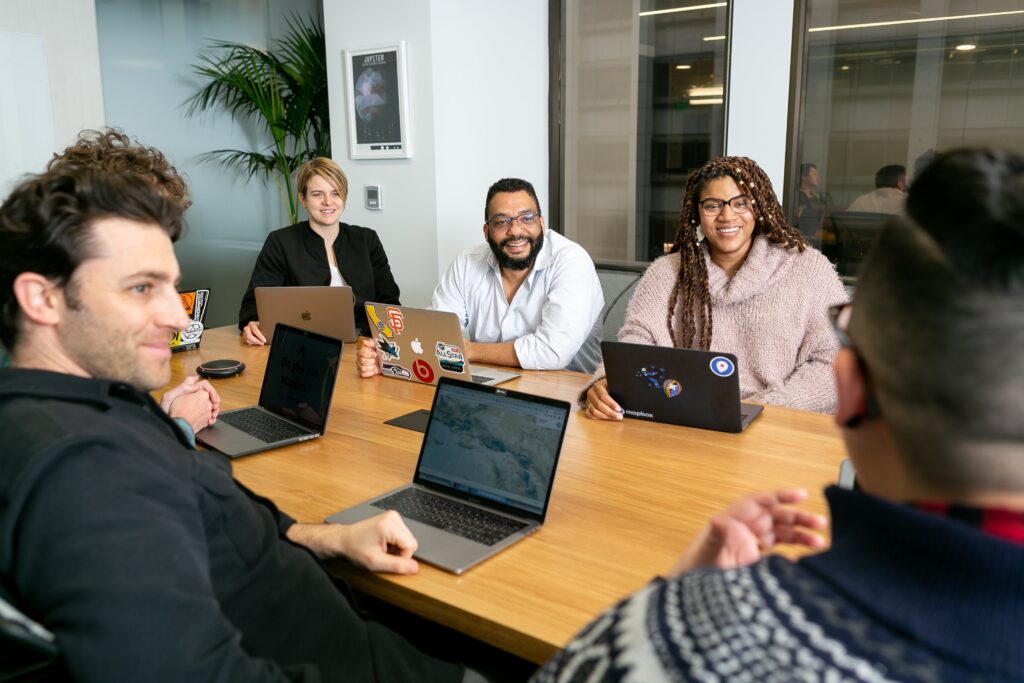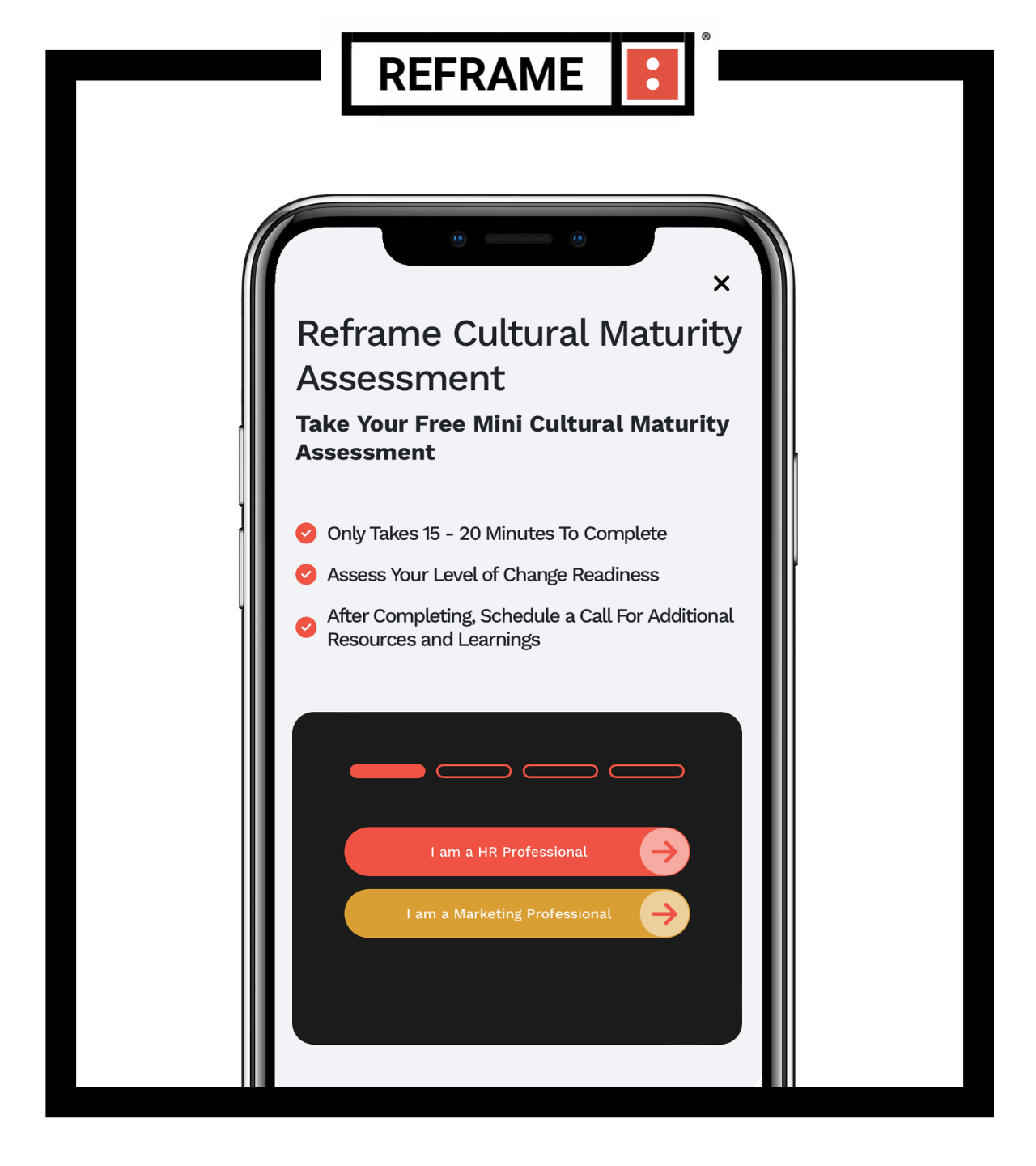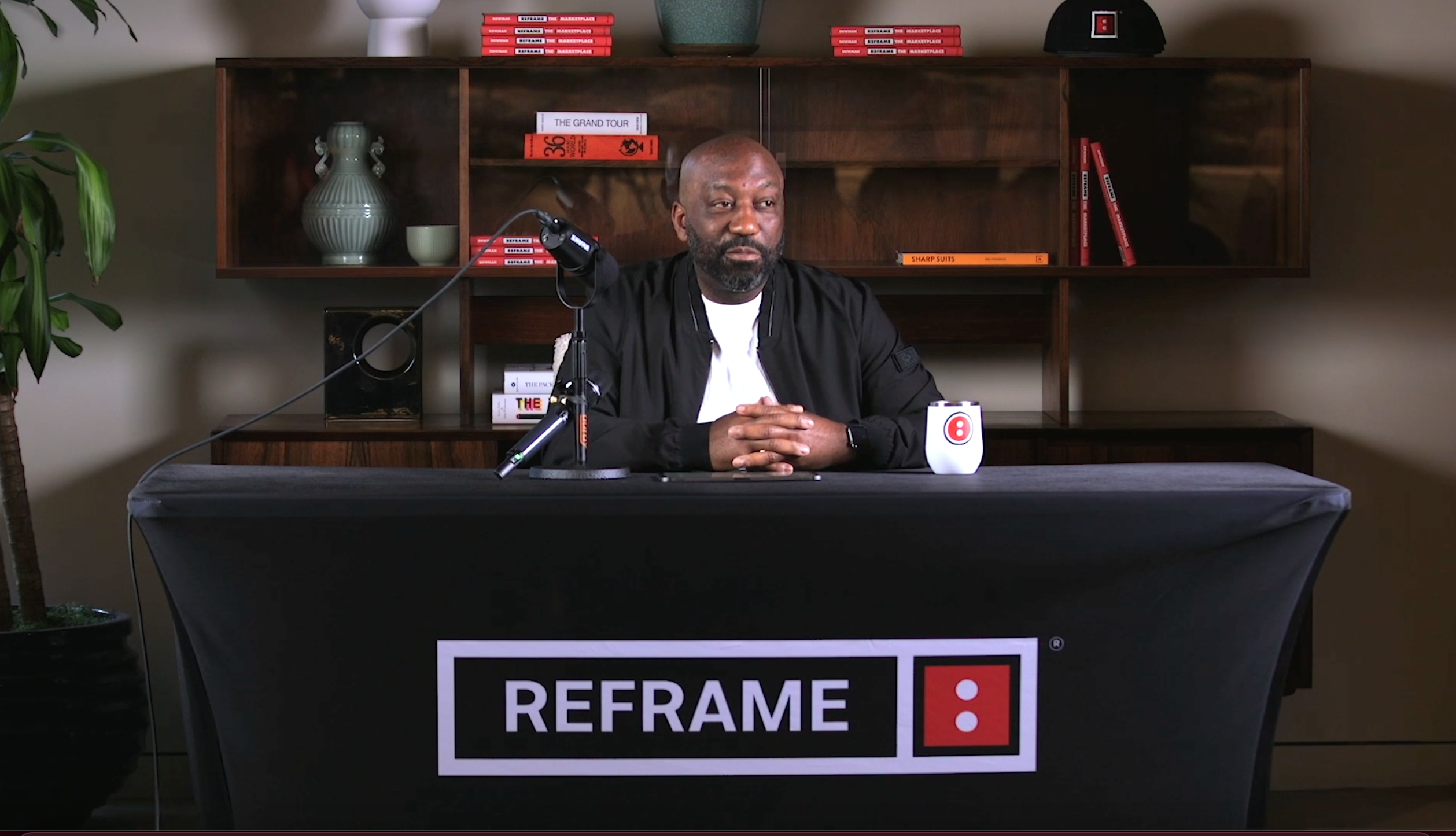
3 Ways that Resilient Companies Can Weather Cultural Storms
In 2020, Corporate America, and America at large, reached a cultural crossroads as a result of a perfect storm of two pandemics: COVID-19 and systemic racial inequality. Corporations were forced to come to grips with our nation’s fundamental social contract that binds society together and their role in upholding it.
But if the cultural turning point of 2020 represented a perfect storm, then 2022 is a cultural tsunami. In just this year alone, America has already been forced to grapple with the effects of global unrest, climate change, gun violence, inflation, supply chain issues, and regressive attacks on women’s rights, LGBTQ+ existence, and voting access for people of color.
Meanwhile, Corporate America is often caught in the sociopolitical crosshairs. From Disney to Netflix to State Farm, corporations have faced scrutiny for their stances (or lack thereof) on myriad social issues from customers and employees, alike.
In an age of cultural upheaval, businesses will continue to be called to task and held accountable for where they stand on important issues. It won’t always be easy, but the good news is that smart companies have an opportunity to lead the way and create a more inclusive work experience for employees and world for customers.
Here’s how.
Start with the Data

Numbers don’t lie: many corporate employees are unhappy with the state of DEIB in their workplace. Our 2020 study found that not only do BIPOC employees not believe that their companies are racially and ethnically diverse, but they aren’t convinced that their employers are supportive of Diversity, Equity & Inclusion initiatives. Two years later, BIPOC employees still feel that their company’s diversity efforts fall short.
The first step toward addressing this challenge is to conduct your own internal assessment to gauge employee sentiment on your organization’s DEIB approach, policies and impact.
Next, analyze your employee records to determine whether or not demographic segments of your employee base are represented accordingly at all employment levels.
Intersectionality is important when it comes to inclusion. It’s no longer enough to simply hit a race or gender quota; organizations must consider age, sexual orientation, disability status, and other intersections of identity and expression (e.g. AAPI + Gen Z+ non-binary).
Analyze your workplace data with these questions in mind:
- How diverse is my senior leadership?
- What policies can we implement to develop a pipeline for diverse executive leadership?
- How can we create an environment where employees feel safe to bring their full selves to work?
Build an Inclusive Coalition

The future of the American workforce continues to track towards being “majority minority” within the next decade. Women now represent over half of the American labor force, and as Gen Z matures, corporations will be filled with increasingly more non-white faces. In fact, the Latinx population is projected to make up more than ⅕ of labor force by 2028.This workplace demographic shift is both a reality and an advantage.
The smartest leaders live by the African proverb “If you want to go fast, go alone. If you want to go far, go together.” Identify the people in your organization who are committed to the cause of cultural inclusion and invite them to join a task force for this mission. If you conducted an internal survey, the people who indicated that they would like to join a cultural inclusion committee can be the first colleagues you approach.
From there, develop a roadmap for cultural inclusion as a team. Define your success measures, set S.M.A.R.T goals, and make a special effort to ensure that the voices of underrepresented minorities and junior employees are heard and valued.
Codify Cultural Inclusion

In an age of accelerations, it’s important to identify your core values, and stand firm in them. If your goal is to build a workplace of belonging, it’s mandatory that your organization codifies policies and standards to ensure that hiring (both supplier and employee) and retention are based on culturally inclusive principles. Consider the following:
First, answer these questions to assess your company’s current strategy:
- What DEIB policies exist at my organization? Do they support inclusion at every employee level?
- Does our current approach align with the goals outlined in our cultural inclusion roadmap?
- What are we doing right? Are there any best practices that can be shared?
Then, consider the following:
- Are you plugged in to diverse supplier networks?
- Does your recruiting pipeline include HBCUs, technical schools, and non-traditional training programs?
- Have you asked your BIPOC and other underrepresented employees what resources they need to excel in your organization?
Want more actionable information like this? Subscribe to our newsletter.
Related Blog Articles






